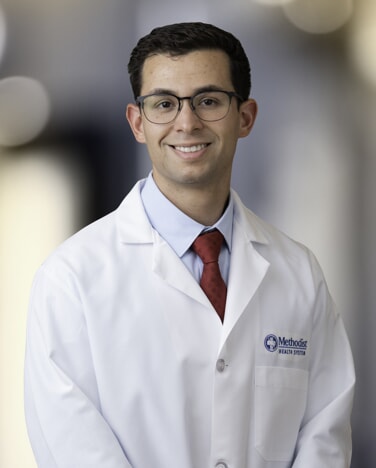What causes shoulder problems?
The shoulder is the most movable joint in the body. But it is also an unstable joint because of its range of motion. Because the ball of the upper arm is larger than the socket of the shoulder, it is at risk of injury. The shoulder joint is supported by soft tissues. These are the muscles, tendons, and ligaments. They are also subject to injury, overuse, and degeneration.
Progressive diseases that break down tissues in the body over time may also play a role in shoulder problems. Or they may cause pain that travels along nerves to the shoulder.
Common causes of shoulder problems include the following:
- Dislocation
- Separation
- Bursitis
- Impingement syndrome
- Tendinosis
- Rotator cuff tear
- Adhesive capsulitis (frozen shoulder)
- Fracture
What are the symptoms of shoulder problems?
Shoulder pain may be only in 1 area. Or it may spread to areas around the shoulder or down the arm. The location and type of symptoms depend on the injury or the location of the inflammation. Below are symptoms of some common shoulder problems.
A rotator cuff injury will often cause pain in the front or outside of the shoulder. The pain gets worse when you raise your arm or try to lift an object over your head. Rotator cuff pain can be severe. It can make even simple tasks impossible and wake you up at night.
If you have shoulder instability, pain can start suddenly, for example, just as you throw a ball. You may have numbness all the way down your arm. If the instability happens slowly, you may have mild pain only at certain times. Your shoulder might feel weak, sore when you move it, or “loose” in your joint. Shoulder instability is different than a shoulder dislocation.
The symptoms of a dislocated shoulder include intense pain, inability to move the joint, a visibly out-of-place shoulder, and swelling or bruising. The dislocation can cause numbness, tingling, or weakness near the injury or down your arm. A dislocated shoulder needs immediate medical care.
If shoulder pain is caused by inflammation, such as bursitis, it may feel stiff, achy, and hurt more when you move it. Sometimes it can look swollen or red.
How are shoulder problems treated?
The goals of treatment are to ease pain and restore your shoulder to normal function. To do this, a variety of treatments may be used, including:
- Changing how you do some daily activities (activity modification)
- Rest
- Physical therapy
- Medicines, such as ibuprofen, naproxen, and other nonsteroidal anti-inflammatory medicines (NSAIDs)
- An injection of anti-inflammatory steroids
- Surgery (when other options fail or are not advised for the injury or condition)






